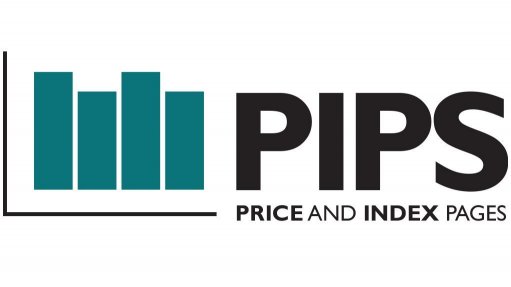
Careful and accurate preparation can help you land that big tender but it can also be a time-consuming and costly exercise, especially if you do not understand the tender bidding process or adhere to the necessary requirements (i.e. submitting all the tender forms). When an organisation such as a private company or government need to obtain specific goods or skills, they will issue a tender bid, an invitation to tender or a Request for Quotations (RFQ). The reason why a RFQ or tender invitation is advertised is to make the process fair and to promote competition by offering an equal opportunity to as many suppliers as possible to submit their tenders.
You will be able to find information on available private company tender bids through adverts in newspapers and in trade and professional magazines. Networking can also be a great way to get information on available tenders. Major national and provincial tenders are normally advertised in the Government bulletin, newspapers, notice boards at various governmental departments, post offices and police stations. Each tender bid will supply information on the following that is important to take into account:
- The RFQ or tender number;
- A short description on the requirements and eligibility criteria
- Closing date, time and address to deliver your tender submission documents. The responsibility lies with you as the tenderer to ensure that your tender bid is received at the required address in good time; and
- The compulsory meetings or and special conditions of the contract.
Failure to comply with points 3 and 4 above could lead to the disqualification of your bid. Even if you are aware of where to look for tenders, you have to make sure that your company is legally compliant which will allow you to take part in the tendering process.
Your business has to be registered, with a commendable banking history and you must have a good relationship with your clients and suppliers. Make sure that your company has an excellent credit record by ensuring that you are registered with the South African Revenue Service (SARS), all bills are paid on time and that you are up to date with company tax and VAT payments. Ensure that all your employees are registered with the Department of Labour in terms of Unemployment Insurance Fund (UIF) and Workmen’s compensation fund etc.
Each national or provincial tender has a number of forms that has to be included in your tender submission. These required forms were formerly referred to as tender forms but are now referred to bid documents. Bid documents for national tenders have the prefix of SBD.
Now that you have a better understanding of the legalities of bidding for a tender, you need to also understand the economic aspects to consider when pricing a tender. You need to remember that the pricing of a tender is different from the way you would normally price a product in your company. Why? As a bidder, you need to consider all the cost associated with undertaking the project to ensure you calculated an optimum mark-up. Imagine you get allocated the tender only to find out that it is not profitable to undertake the tender.
Often times tender bid documents will state that you have to make use of SEIFSA’s Price and Index Pages (PIPS) (a data set that contains over 200 indices) with some of these indices dating back to the 1960s. The idea is that you link a relevant index to each of the input cost components in the breakdown of your tender application.
By including data from these indices in your tender application, you will be able to accurately calculate the changes in the costs of labour, steel, transport, just to name a few, and other inputs that affect the final cost of manufacturing in a business through the application of a Contract Price Adjustment (CPA). The results from the CPA calculations allow the tenderer to adjust prices in line with unforeseen cost increases.
Furthermore, by using PIPS in your tender submission you can be certain that the cost increases you calculated is a true reflection of what happened in the market, thereby ensuring that you maintain and ultimately improve the profitability of your business.
Here are some useful tips to keep at the back of your mind that could potentially increase your chance of winning the tender:
- Make sure that you provide all necessary information as set out in the tender application. These include updated tax clearance certificate and shareholding certificates, amongst other requirements.
- Apply the relevant PIPS indices and always double-check the calculations of the prices in your tender application.
- Only tender for a contract that fits in with the scope of your business. There is no use in tendering for a tender to build a hospital if your company is in the catering industry.
- If you are unsure of anything, ask.
- Sign all relevant pages of your bid document as any unsigned documents may lead to the disqualification of your bid
- Aim to beat the client’s expectations through non-price solutions and sell them upfront. These can include doing the job in less time than required or using fewer resources.